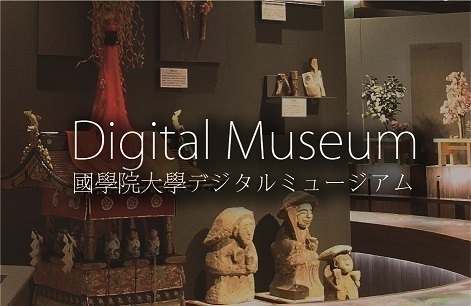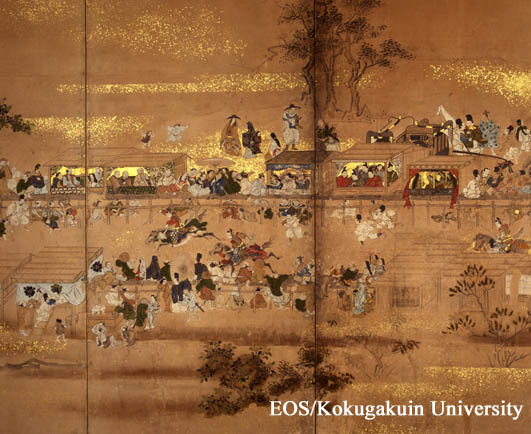- トップ
- Encyclopedia of Shinto
- Kurabe-uma
Encyclopedia of Shinto
| Main Menu: | |
| Links: |
詳細表示 (Complete Article)
| カテゴリー1: | 5. Rites and Festivals |
|---|---|
| カテゴリー2: | Performing Arts |
| Title | Kurabe-uma |
| Text | Horse racing. Also called kioiuma, komakurabe or keiba. Held as court events from ancient times, but with the Heian period (794-1191) they took on new characteristics such as a display of martial skill by military officials and a ritual for dispelling the "bad airs" (jaki) of early summer. They became an established part of the annual observances of the fifth day of the fifth month (Boy's Festival). This entailed an equestrian archery contest (umayumi, mayumi, kishin) held on the fifth day, followed by horse races (as well as archery and other equestrian events) on the sixth. The members of the imperial guard were the riders, split up into two sides (left and right) to compete with one another in win-or-lose contests. The costumes and codes of competition were also formulated. The Engishiki records that horse races were presented as shrine events at several shrines, including the Upper and Lower Kamo Shrines, Ōmiwa Shrine, Kasuga Shrine, and Ōharano Shrine. The races on the fifth day of the fifth month at Kamowake Ikazuchi Shrine were a particularly popular event in the capital area and drew large crowds. Ritual horse races were held at various regional shrines as well. The tenth volume of the 13th century story collection Kokon chomonjū includes the following passage: "On the shrine grounds the horse races are held first. The event begins with the white horses in the case of court ceremonies." The passage is thought to refer to the races at the Kamo Shrine, but in any case it can be said to indicate how horse races were incorporated into Shinto ceremonies. There are also horse races in which the horses are run riderless. — Yonei Teruyoshi |





